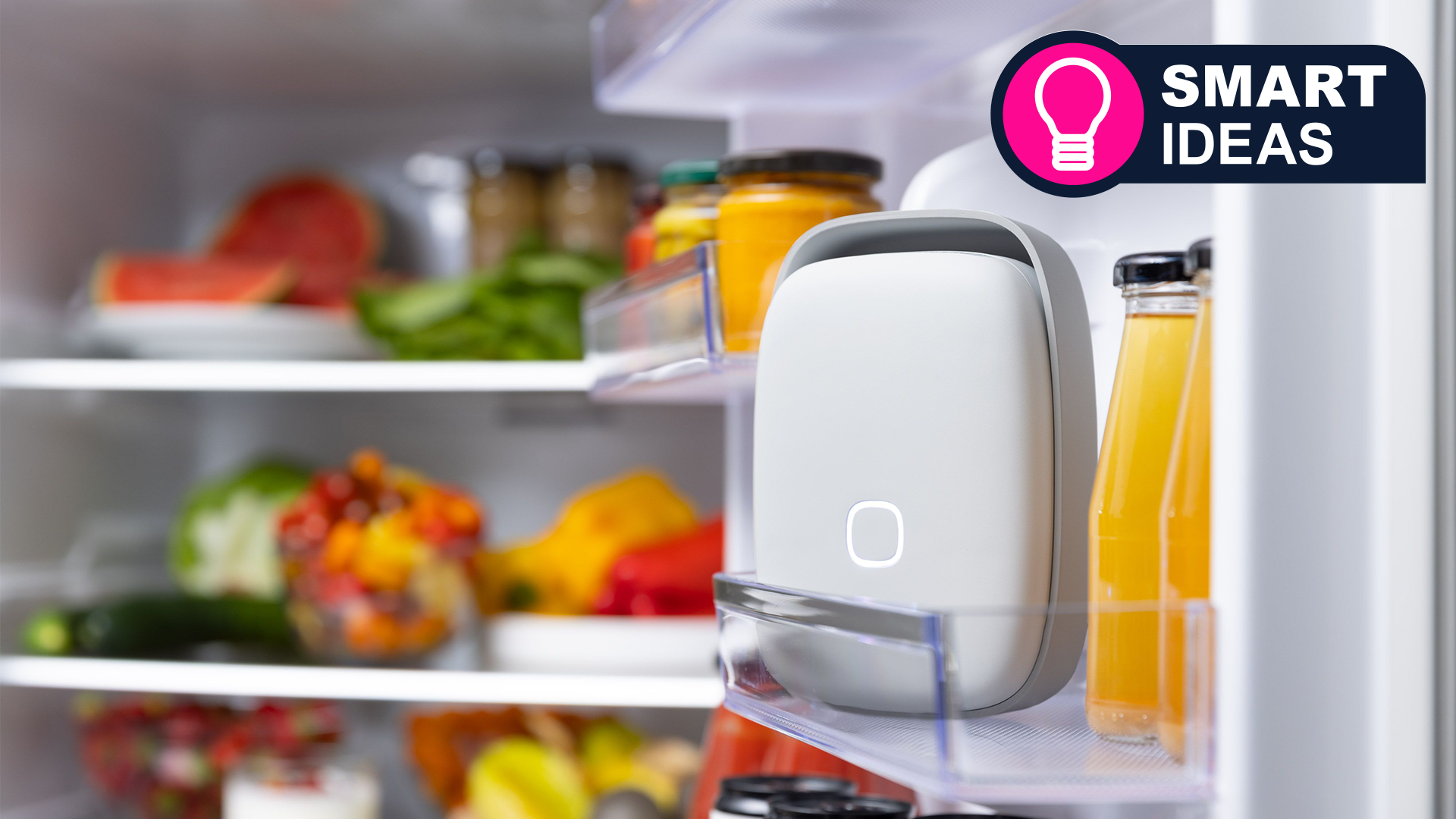
This article is part of a regular series exploring smart tech that exists to make your life easier. Read them all here.
Vitesy’s newest eco-focused product, Shelfy, tackles two of my greatest foes; food waste and odor. After using it for three weeks I’m not sure I’m willing to part with it ever again.
You see, I’m a real stickler for using up as much food as possible in my fridge. Whether it’s leftovers from the night before or the remnants of fruits and vegetables, I’m always looking for ways to reduce food waste. You should be, too: tackling food waste is one of the UN’s Sustainable Development Goals, and we’ve only got five and a half years left to meet its target of halving commercial and consumer food waste by 2030.
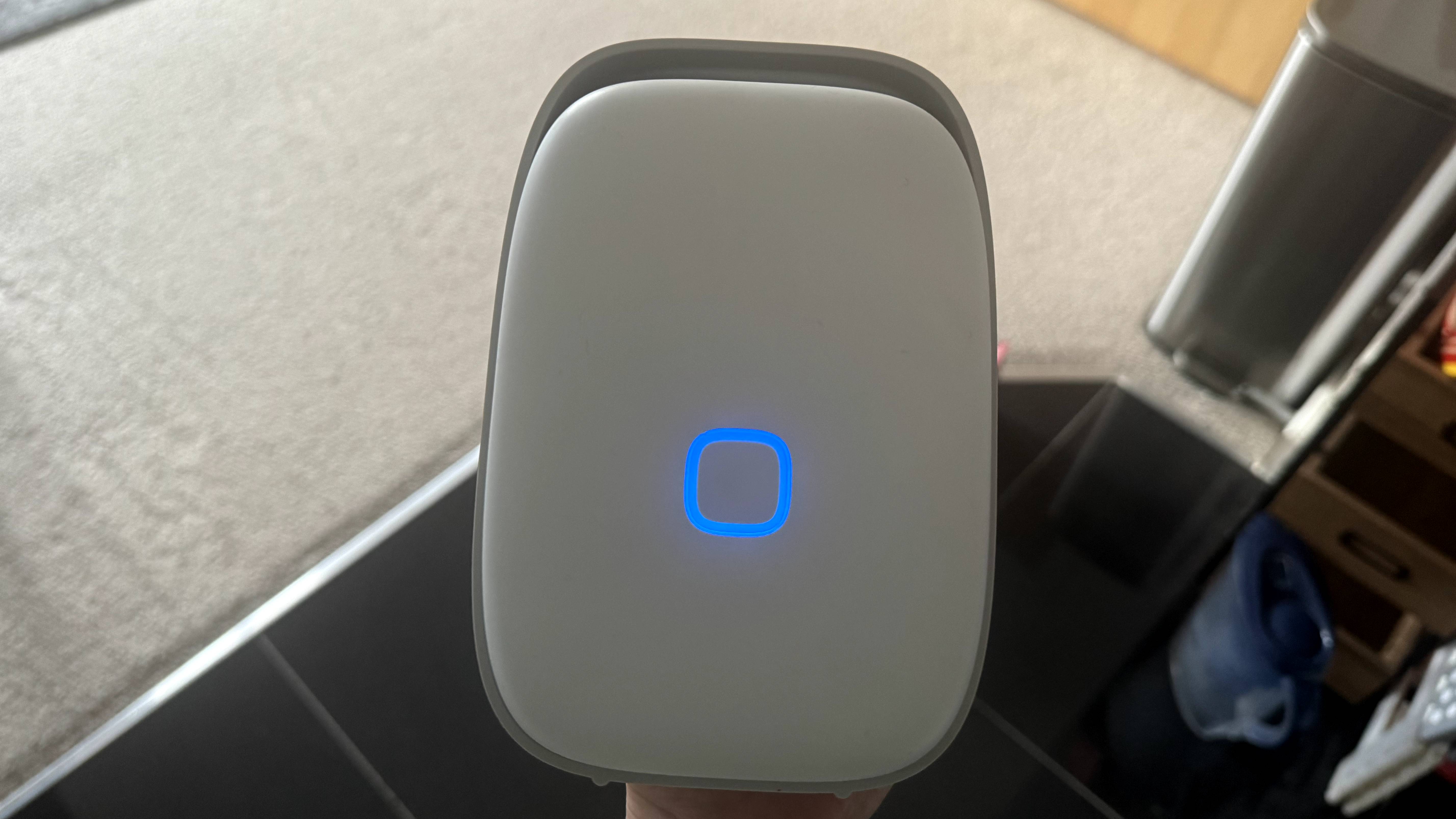
Food waste can be a massive problem, especially in smaller households. I should know, I represent one. According to studies from the NRDC, smaller households waste more food per capita: a lot of which is due to portion sizing in grocery stores and the general rule that bulk buying is more affordable for households on a budget.
That’s where Shelfy comes in to ease my woes. With the power of photocatalytic technology, Shelfy neutralizes bad odors and bacteria. It’s made my fridge a veritable food haven already.
A frosty reception
For something that offers so much, Shelfy is a fairly compact gadget, measuring just 16.8 x 11.4 x 6.9 cm, and can be stood up or laid down almost anywhere in your fridge. Right off the bat, it’s worth noting that this does mean under-counter fridges or fuller fridges might struggle to fit a Shelfy. However, if reducing food waste and odor, or having more insight into your fridge health and energy usage, matters more to you, you’ll make room just like I did.
It looks simple on the surface; a white rectangular box with a button on the front, surrounded by an LED light strip. Open it up, and it becomes a bit more interesting. Mounted on the back half of the device is one of Vitesy’s photocatalytic and washable filters (which look a little like bleached coral in a slightly macabre nod to the state of planetary health). These filters are designed to be infinitely reusable, and work simply with the power of good old-fashioned LED lights.
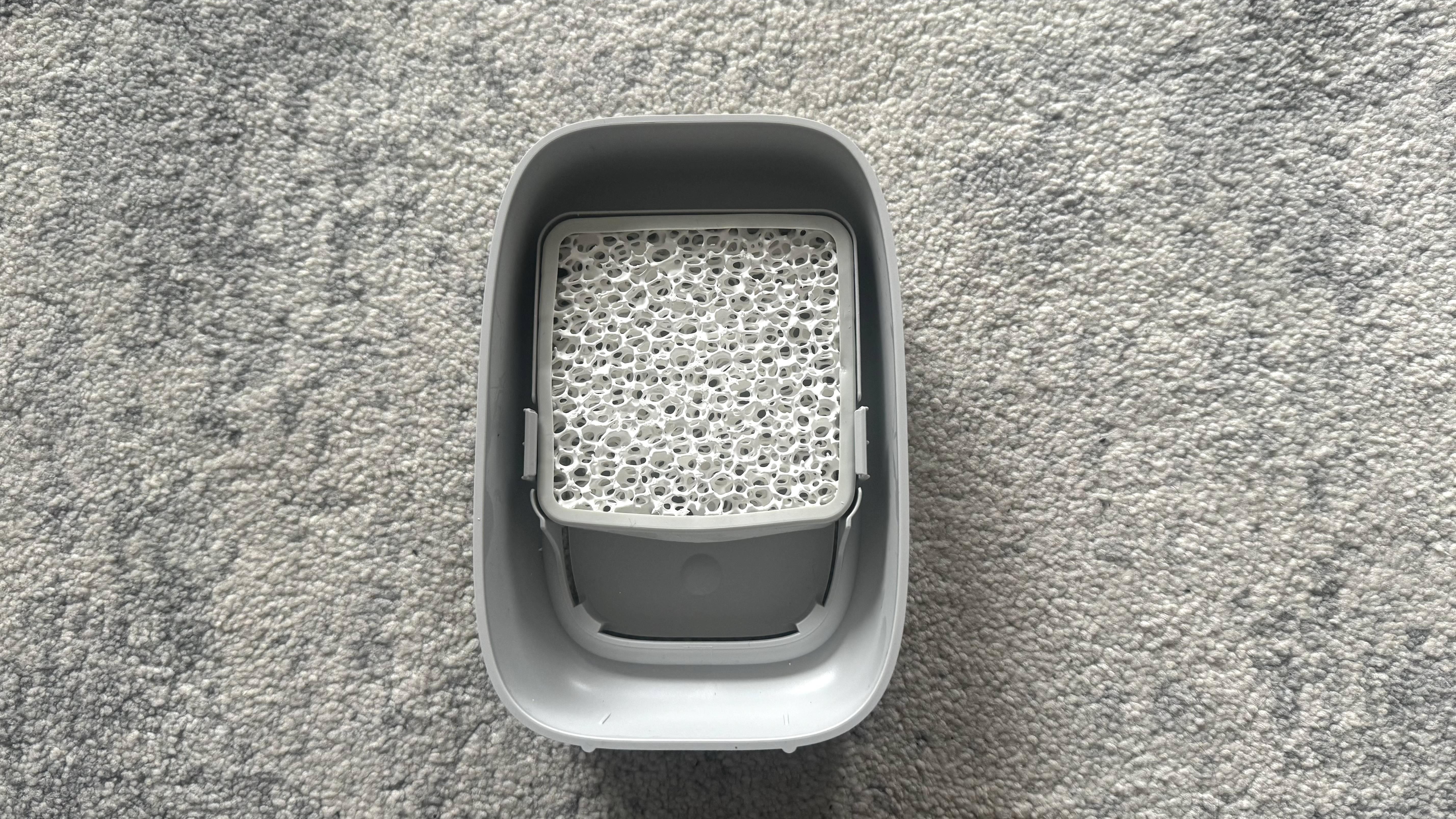
Here’s the science-y stuff; the filters are Tungsten trioxide (or WO3)-based and create elementary charges when hit by the LED lights. These elementary charges react with the oxygen and water present in the air to produce highly reactive free radicals that break down harmful molecules into less harmful ones.
Sealed away in the Shelfy's front half is all the smart tech-y stuff; a fan to circulate air and bacteria through the filter and a host of clever sensors and technology we’ll dig into shortly.
Shelfy’s battery lasts 30 days (from my testing thus far, which has been roughly 21 days, this seems to track as I’m just approaching 25% battery remaining), so you’ll have to remove it to charge it for a few hours every month.
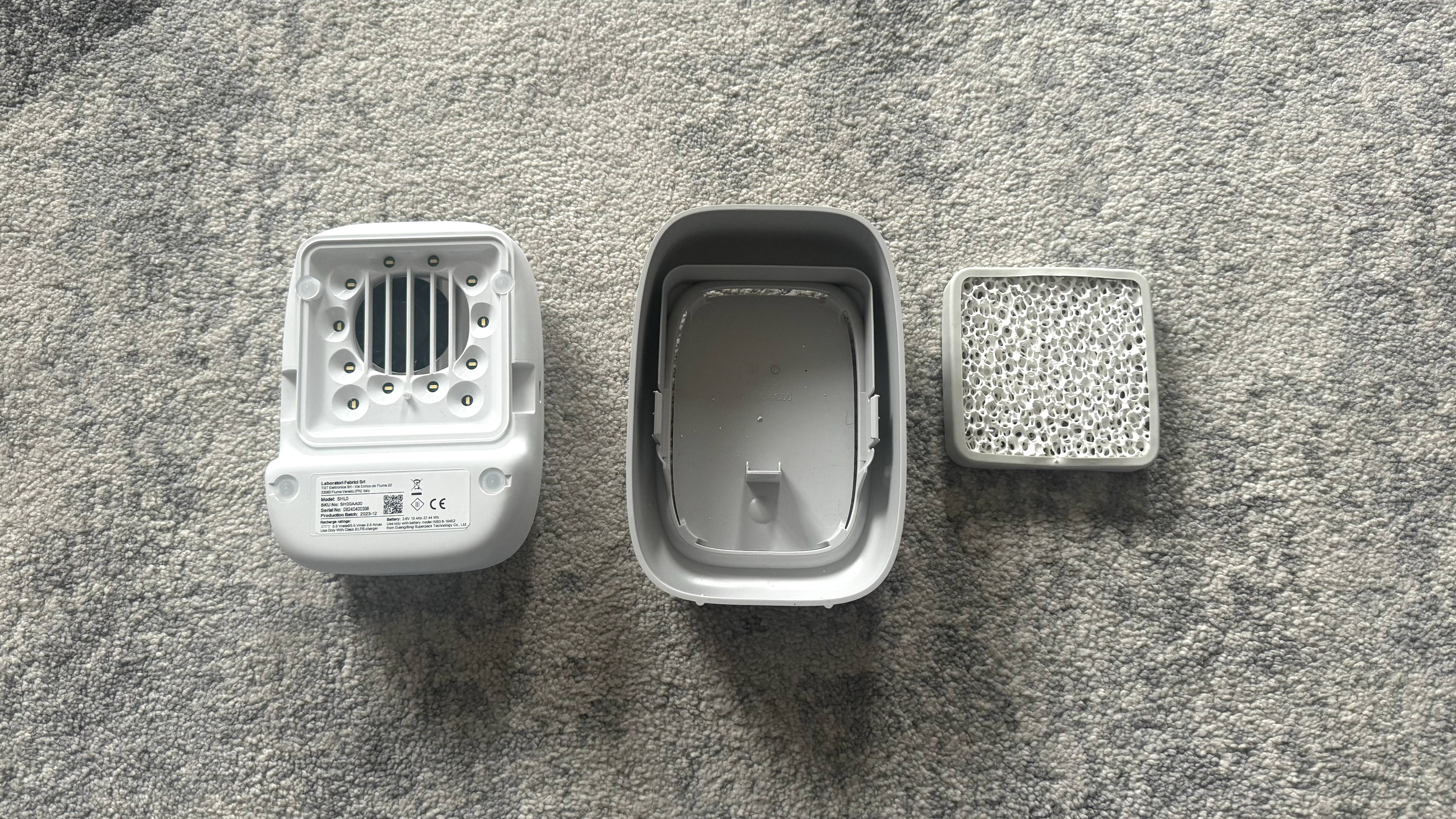
One cool customer
Should you choose to, you can also use Shelfy to transform your regular fridge into a quasi-smart fridge for a fraction of the price thanks to some of the smart technology I referenced earlier.
All you need to do is pair your Shelfy with the Vitesy Hub app – yes, another smart home app, I’m sorry to say – add some information about yourself and your home and, voila, Shelfy will be ready to give you insights about your fridge.
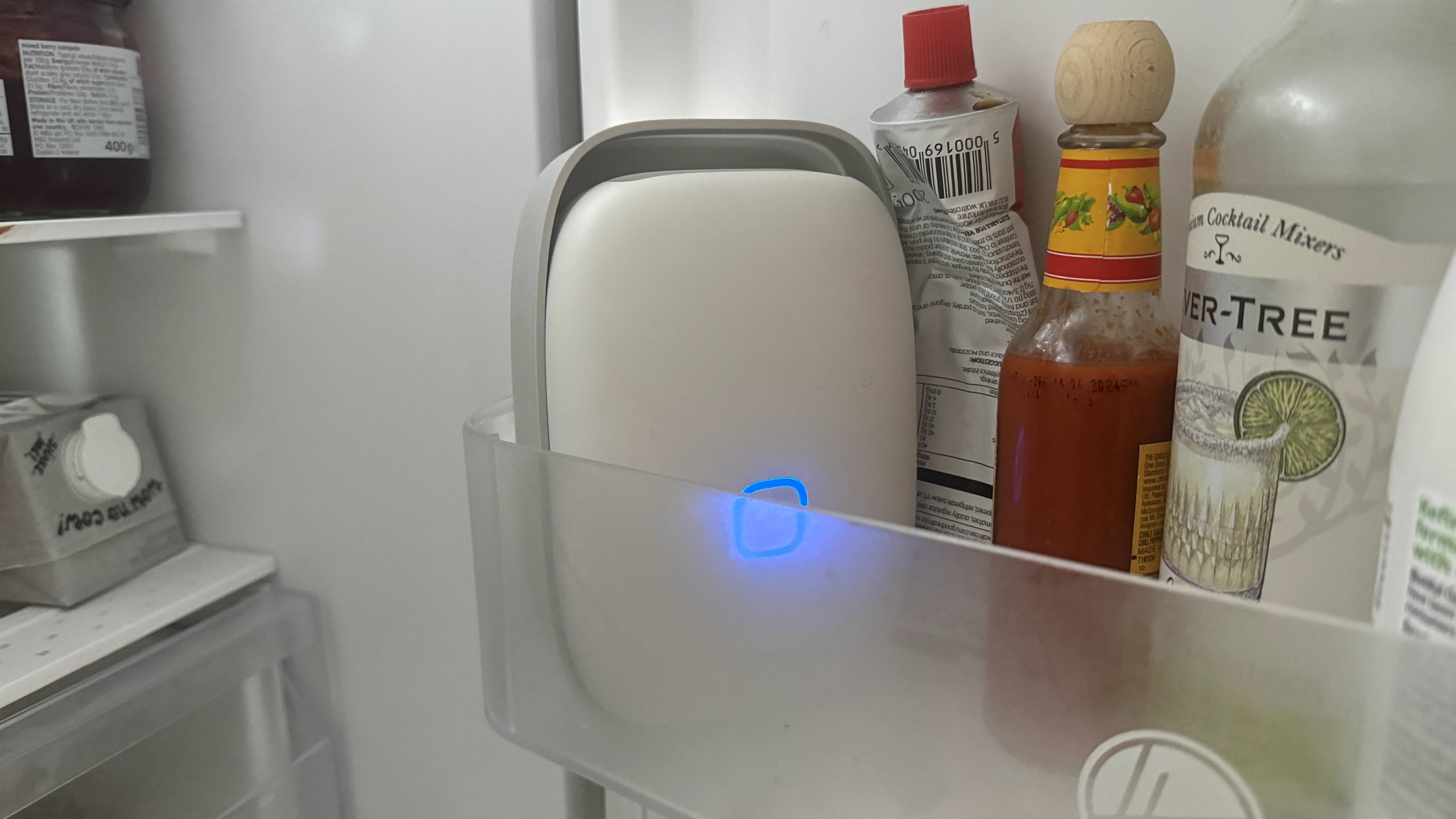
That’s right, Shelfy will make a data source out of your fridge, and I’m not afraid to be called lame for finding that exciting. Using some of those sensors I referenced earlier, the app can tell you not only how much battery is left on your Shelfy, but also how long until its filter, or the fridge itself, is due a clean, how many times in a given day you've opened the fridge door and what the temperature is inside your fridge.
In isolation, some of that information might seem superfluous, but understanding the conditions inside your fridge can help to save energy. There’s no strict answer on how cold your fridge should be. Some say anywhere between 32°F (0°C) and 40°F (5°C) is fine whereas others, like Vitesy, argue that slightly higher temperatures between 39°F (4°C) and 43°F (6°C) work just fine and are perhaps better for energy efficiency.
Brrrrrrr-illiantly fresh
So, the question of the hour is does it really work? Well, I’m happy to say I was pleasantly surprised by how well Shelfy worked to freshen up my fridge.
Early in my testing process, I actually forgot that Shelfy was set up in my fridge, and spent a good 10 minutes scratching my head in awe that my opened bag of kale still seemed fresh days after I’d have usually expected it to begin discoloring – that’s how noticeable of an impact it made on my food.
It’s whisper-quiet and discrete, which goes some way to explaining my forgetfulness, but its performance is very much noticeable. After just a week of using Shelfy, my fridge was also noticeably less stinky, and the regular reminders of how often I’d opened its door were a great motivator to reduce my energy wastage.
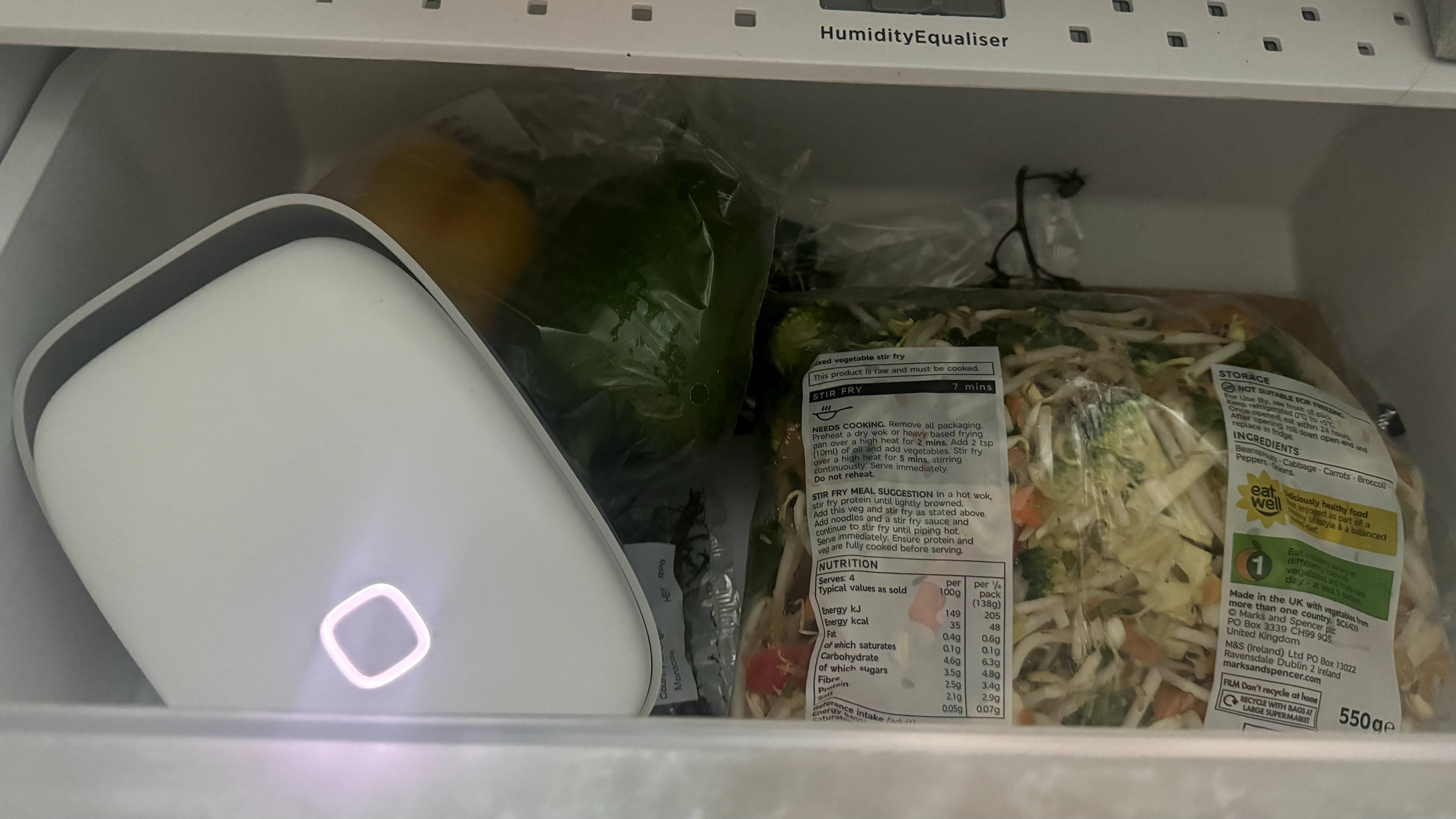
I’m in the process of re-vamping my smart home setup, so I wasn’t able to test how well it integrates with Alexa and Google Home, but, according to Vitesy, you can use Amazon and Google’s voice assistants to ask the temperature in your fridge and switch between Shelfy’s three energy modes.
At $169 / £149, it’s roughly half the value of the average American’s weekly grocery spend (according to figures reported by USA Today, at least), meaning it could well pay for itself in some households in a matter of months thanks to the food wastage it prevents. For me, as a single-person household, that’s certainly the case. My rough estimate is that, without me focusing any harder on food optimization, it saved me about $25 / £20 in wasted food in my first month of using it.
Whether you’re trying to replicate the smart fridge experience, save a bit of money, or just make your fridge less smelly, Vitesy’s Shelfy is a fantastic and eco-conscious gadget that can do it all. Thank goodness it can, because I’ve been craving brie and crackers all week.







